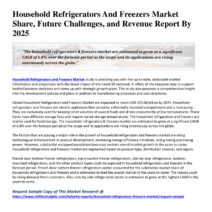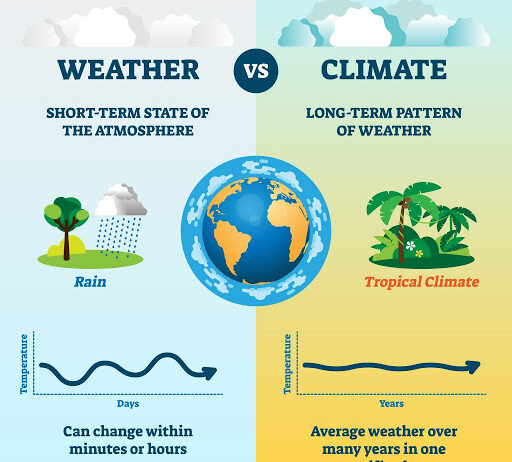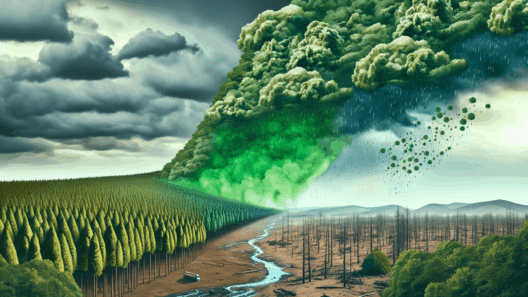Understanding the distinction between weather and climate is pivotal in navigating discourse about our environment. Although these terms are often conflated, they represent two different concepts that impact our daily lives and the broader ecosystem.
Weather is what we experience on a daily basis, a temporal phenomenon characterized by the state of the atmosphere at any given moment. It encompasses parameters such as temperature, humidity, precipitation, wind speed, and atmospheric pressure—all of which can change rapidly over short periods. For instance, you might go from experiencing a sunny morning to a rainstorm in the afternoon. Weather can fluctuate from hour to hour, day to day, and season to season. This variability is a critical aspect that defines it as a short-term snapshot of atmospheric conditions.
Climate, on the other hand, refers to the long-term average of weather patterns over extended periods, typically measured in decades or centuries. It encompasses statistical data that categorizes local, regional, or global weather patterns. When someone speaks about the climate, they might be referring to characteristics such as an area being classified as having a Mediterranean climate, characterized by its dry summers and wet winters. A climate profile gives a broader context that helps scientists, policymakers, and the public grasp critical trends over time.
The interplay between weather and climate is intricate and multi-layered, highlighting their relationship while reinforcing their distinctiveness.
The Role of Time: Understanding Duration and Consistency
One of the most significant differentiators between weather and climate lies in the time frame. Weather can change from minute to minute. For example, thunderstorms can dissipate just as quickly as they form, leading to sunny skies shortly thereafter. In contrast, climate is measured with a sense of permanence. It incorporates consistent patterns and behaviors over extended periods; hence, it is often referred to as the average weather observed over 30 years or more. This temporal perspective broadens our understanding of global phenomena. For instance, scientists study decade-long data sets to comprehend trends related to global warming and climate change.
The local versus the global perspective also plays a role here. Weather data can provide localized forecasts, helping individuals plan their outings or agricultural practices. Meanwhile, climate assessments aim at scrutinizing broader ranges of data to help inform governmental policy, conservation efforts, and urban planning on a global scale.
The Impact of Human Activity: Shaping Weather and Climate
Humans influence both weather and climate, albeit in different realms. Locally, urban areas often modify weather conditions due to the Urban Heat Island effect, where cities experience higher temperatures than their rural counterparts. Additionally, pollution can contribute to the formation of smog, impacting immediate weather quality. However, these alterations represent localized phenomena rather than a definitive shift in long-standing weather patterns.
Climate change, conversely, is a far-reaching consequence of human activity that manifests through rising global temperatures, melting ice caps, and shifting agricultural zones. The combustion of fossil fuels elevates greenhouse gas concentrations in the atmosphere, significantly affecting global climate systems. Such changes may lead to increased frequency and intensity of destructive weather events like hurricanes, droughts, and floods. The chronic shifts in climate patterns pose serious challenges for ecological resilience and human adaptability.
Weather Events: Acute Changes with Immediate Consequences
When discussing weather, it is essential to recognize the acute and often unpredictable nature of severe weather events. Natural disasters like hurricanes and tornadoes are direct manifestations of certain atmospheric conditions and can cause immediate and sometimes catastrophic damage. For communities facing these challenges, preparedness is crucial. Understanding how weather behaves can mitigate the risks involved. Meteorologists assist in this regard by providing forecasts, warnings, and real-time data to enable communities to respond effectively to emergencies.
Moreover, familiarizing oneself with weather-related terminology can enhance public understanding. Terms like “cold front,” “high pressure system,” or “dew point” play crucial roles in interpreting forecasts. As everyday citizens become more informed about these concepts, their capacity to respond to instantaneous changes increases dramatically.
Climate Trends: Long-term Observations and Their Implications
While weather can prompt immediate responses, climate trends compel long-term strategies. Data-driven assessments, compiled over extensive time spans, help identify shifts that necessitate adaptive strategies in agriculture, urban planning, and resource allocation. For instance, warming temperatures may lead farmers to adjust planting schedules or change crop varieties to align with shifting climatic zones.
Additionally, understanding climate variation—be it through El Niño events or other oscillations—allows scientists to model potential futures and inform policymakers of necessary actions to address these impending changes. The concept of sustainable development hinges on this understanding, advocating for practices that reconcile economic growth with ecological stewardship.
Conclusion: Navigating the Nexus of Weather and Climate
In conclusion, weather and climate, while interconnected, are governed by distinct principles shaped by time and human activity. Recognizing these differences allows us to foster informed conversations and policies that address immediate needs and long-term sustainability. Awareness and education on these topics will enable individuals and communities to adapt and respond adeptly to a changing world, whether it be dressing appropriately for a sudden downpour or advocating for policies that address climate change holistically. Understanding this intricate relationship is crucial for both immediate action and long-term sustainability in the face of environmental challenges.








